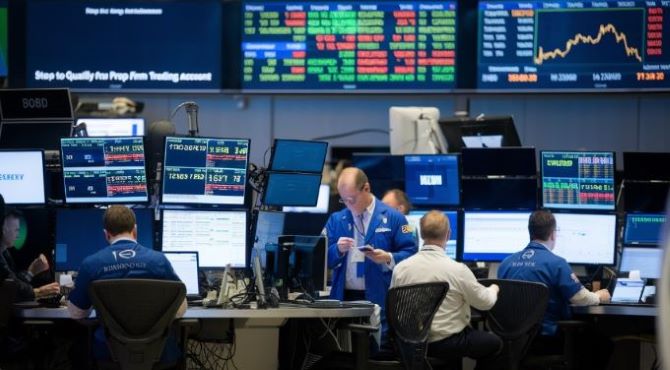


Learn what futures trading is, how contract value and size work, and why they matter for beginners in derivatives markets.
Futures trading is a cornerstone of the financial markets, offering traders and investors a way to speculate on or hedge against price movements in various assets. But what exactly are futures, and how do they work? This guide will break down the fundamentals of futures trading, focusing on contract value and size—key concepts every beginner must understand.
A futures contract is a legally binding agreement to buy or sell an underlying asset at a predetermined price on a specified future date. These contracts are standardized and traded on regulated exchanges, ensuring transparency and liquidity.
Futures can be based on a wide range of assets, including:
Commodities (Gold, Oil, Wheat)
Stock Indices (S&P 500, NASDAQ)
Currencies (EUR/USD, GBP/JPY)
Cryptocurrencies (Bitcoin, Ethereum)
Interest Rates (Treasury Bonds)
Unlike stocks, futures contracts have expiration dates, after which they must be settled—either through physical delivery (rare for retail traders) or cash settlement.
Two of the most important aspects of futures trading are contract value and contract size. These determine how much capital is required to trade and the potential profit or loss.
The contract size refers to the amount of the underlying asset represented by a single futures contract. This varies depending on the asset:
| Asset | Contract Size Example |
|---|---|
| Gold Futures | 100 troy ounces |
| Crude Oil (WTI) | 1,000 barrels |
| E-mini S&P 500 | $50 × Index Price |
| Bitcoin Futures | 5 BTC (varies by exchange) |
| Euro FX Futures | 125,000 EUR |
For example, if you trade one gold futures contract, you are effectively controlling 100 troy ounces of gold, not just a single ounce.
The contract value is the total worth of a futures contract, calculated as:
Contract Value = Current Price × Contract Size
Example:
If gold is trading at $1,800 per ounce, the contract value is:
$1,800 × 100 oz = $180,000
If the S&P 500 index is at 4,000, an E-mini S&P 500 futures contract is worth:
4,000 × $50 = $200,000
This means that even a small price movement can lead to significant gains or losses due to the large contract sizes.
Understanding value and contract size is crucial because:
Leverage: Futures allow traders to control large positions with a relatively small margin deposit (typically 3-15% of contract value).
Risk Management: Knowing the exact value helps in calculating position sizing and stop-loss levels.
Liquidity: Highly traded contracts (like E-mini S&P 500) have tighter bid-ask spreads, reducing trading costs.
Let’s say you believe the price of crude oil will rise:
Buy a Futures Contract: You purchase one WTI crude oil futures contract at $75 per barrel.
Contract Size: 1,000 barrels
Contract Value: $75 × 1,000 = $75,000
Margin Requirement: Assume 10% → $7,500
Price Rises to $80:
New Contract Value: $80 × 1,000 = $80,000
Profit: $5,000 (before fees)
Price Falls to $70:
New Contract Value: $70,000
Loss: $5,000
This demonstrates how leverage amplifies both gains and losses.
While futures offer high profit potential, they also come with risks:
Leverage Risk: Small market moves can lead to large losses.
Margin Calls: If the market moves against you, brokers may demand additional funds.
Expiration Risk: Contracts must be rolled over or closed before expiry.
Start Small: Trade micro or mini contracts (e.g., Micro E-mini S&P 500) to reduce risk.
Use Stop-Loss Orders: Limit potential losses.
Understand Margin Requirements: Know how much capital is needed.
Stay Informed: Follow economic events affecting your traded assets.
Article is about What is Futures trading provides opportunities for speculation and hedging but requires a solid understanding of contract size, value, and leverage. Beginners should start with smaller contracts, practice risk management, and gradually scale up as they gain experience.
